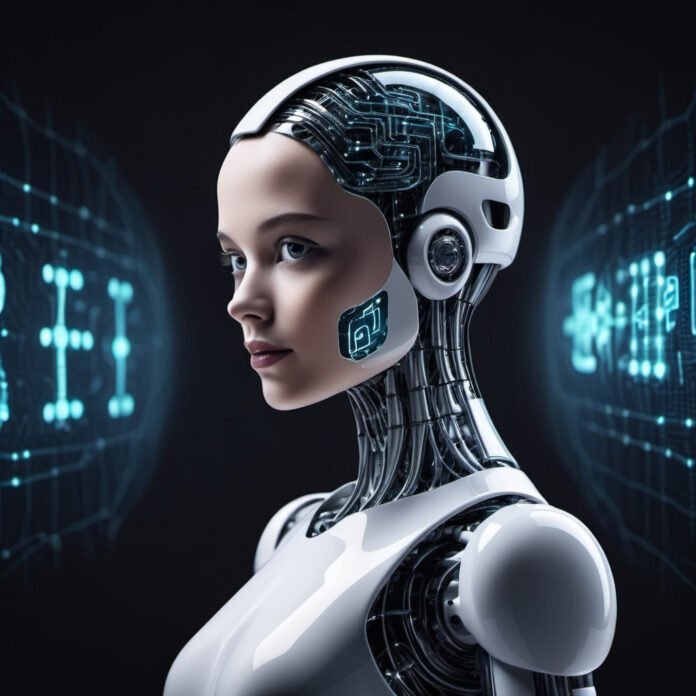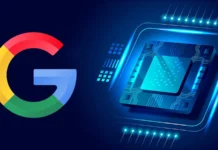Understanding AI Agents in Artificial Intelligence: A Simple Explanation
Artificial Intelligence (AI) is evolving rapidly, and one of its most exciting advancements is the concept of AI agents. These agents are a step beyond traditional AI systems, designed to operate autonomously and intelligently in various situations. This article breaks down the concept of AI agents with an easy-to-understand analogy and explores their technical foundations.
An Analogy: The Waiters
Imagine you own a restaurant and have hired two waiters, Moan and Mad.
- Moan: He is intelligent and accurate, performing tasks exactly as directed. When a customer places an order, Moan takes it down and delivers the food efficiently. However, he doesn’t go beyond the specific instructions given to him.
- Mad: Like Moan, Mad is also intelligent and accurate. However, he offers additional value by making suggestions. For example, if a customer orders Indian curry and naan on a cold day, Mad might recommend a hot soup to complement the meal. If a regular customer visits, Mad remembers their preferences and suggests dishes they’ve enjoyed before.
In this analogy, Moan represents a traditional AI system, while Mad represents an AI agent. The key difference is autonomy—Mad operates independently, offering suggestions and making decisions without being explicitly programmed to do so.
What Are AI Agents?
AI agents are systems that act independently and autonomously while interacting with their environment. They go beyond pre-coded responses and make decisions by analyzing data, learning from past interactions, and leveraging external tools like APIs.
A traditional AI system can follow instructions and provide accurate outputs based on pre-defined logic. For example, a basic chatbot can answer simple queries like store hours or process orders. But AI agents add a layer of intelligence and autonomy.
Comparing Traditional AI Systems and AI Agents
1. Traditional AI Systems:
- Operate based on predefined rules and logic.
- Identify user intent (e.g., a general inquiry or placing an order) and extract meaningful information.
- Perform actions by invoking APIs or executing code.
Example:
A customer asks a chatbot, “What are your store hours?” The system identifies the intent as a general inquiry and retrieves the store’s operating hours.
2. AI Agents:
- Have the same capabilities as traditional systems but go further by being autonomous and context-aware.
- Use tools like weather APIs, databases, and search engines to provide enriched responses.
- Learn from patterns, such as a customer’s ordering history, and proactively offer suggestions.
Example:
If the same customer frequently orders pizza every Friday evening, an AI agent can recognize this pattern. It might say, “Would you like to reorder your usual large veggie pizza with olive topping?” If it’s a cold evening, the agent could also suggest adding hot chocolate.
Technical Details: How AI Agents Work
- Intent Recognition:
AI agents, like traditional systems, first identify the user’s intent using natural language processing (NLP). This can involve recognizing similar phrases with different wording (e.g., “What are your store hours?” vs. “When does the store open?”). - Tool Access:
AI agents can access external tools such as:- Weather APIs: To provide context-aware suggestions like delivery delays during a snowstorm.
- Databases: To analyze past customer interactions and personalize recommendations.
- Web Search: To fetch real-time information for dynamic responses.
- Autonomous Decisions:
AI agents analyze available data and provide responses or take actions without explicit instructions. For instance, they can suggest reordering a favorite meal or warn about traffic delays impacting deliveries. - Controlled Autonomy:
While AI agents operate independently, their autonomy is controlled within predefined boundaries. For example, a chatbot agent won’t offer free items to customers unless explicitly programmed to do so. This ensures the system aligns with business rules and policies.
Applications of AI Agents
AI agents aren’t limited to chatbots. They can power:
- Recommendation Engines: Offering personalized product or content suggestions.
- Document Search Systems: Helping users locate relevant information in large datasets.
- Virtual Assistants: Performing tasks like scheduling meetings, sending reminders, or managing smart devices.
Building AI Agents
Frameworks like LangChain, Microsoft Autogen, and Cohere AI provide tools for developers to create AI agents. These platforms allow integration with APIs, databases, and other resources, enabling developers to design agents that are both intelligent and autonomous.
Conclusion
AI agents represent a transformative leap in artificial intelligence, bringing autonomy and context-awareness to various applications. While traditional AI systems excel at following predefined instructions, AI agents can think independently, adapt to their environment, and provide personalized, proactive interactions.
As AI technology advances, we can expect a future where AI agents become an integral part of our daily lives, enhancing efficiency and user experience across countless domains.
If you’re excited about AI agents, stay tuned for more updates and tutorials on building them. Don’t forget to share this article with friends who are curious about AI!











